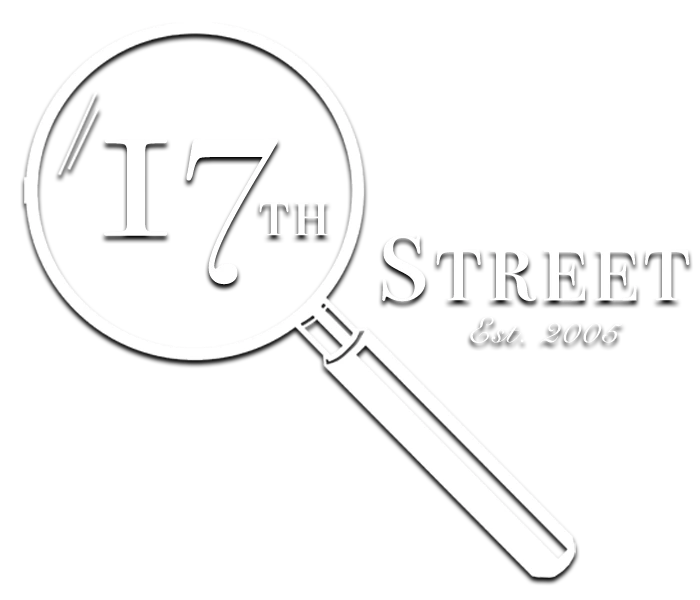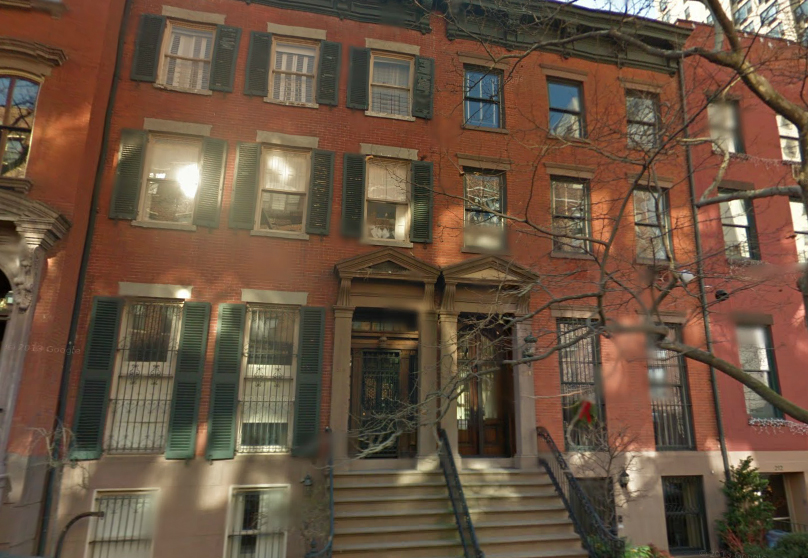Welcome to the second post in the “Did Dr. Kreizler really live at 283 East 17th Street?” series. In Part One, we started to outline the historical context of the square, starting with the park as a gift from the Stuyvesant family before moving onto the development of the district in the 1840s with the arrival of the neighborhood’s first residents and religious institutions. In Part Two, we continue to track the development of the district from the 1850s through to the 1880s, before we reach the critical period for the books, the 1890s.
A district under construction in the 1850s and ‘60s
Although building in the district had begun in the 1840s with a number of unpretentious Greek Revival style residences, store-residences, and churches constructed around Peter Gerard Stuyvesant’s generously donated tract of parkland, the steady migration northward of New York’s middle and upper classes during the mid-19th century meant that the 1850s and ‘60s represented the greatest period of growth for the district. While the wealthiest members of the upper classes were building newly fashionable Italianate brownstone mansions and French chateaux in Fifth Avenue, districts such as Stuyvesant Square were attracting a burgeoning successful merchant class who also wanted to make their mark on the city with still fashionable but less extravagant late Greek Revival, Italianate, Anglo-Italianate, and transitional style row houses.
Unlike the previous decade in which most of the properties built in the Stuyvesant Square district were modest three-story brick dwellings, the 1850s and ‘60s saw the construction of predominantly four-story brick and brownstone homes. Most lots were purchased or leased during this period by a small number of builders on the condition that a suitable residential property would be erected on the land before being sold on to their first owner-occupants. As an example, Robert Voorhies, a prominent builder in the district, purchased eight lots on East 16th Street for $16,800 in January of 1852, developed all eight lots by November of the same year, and sold the completed homes for $11,000 each by the end of the year, providing him with a healthy profit and the district with eight new residents.
| Continue reading →

